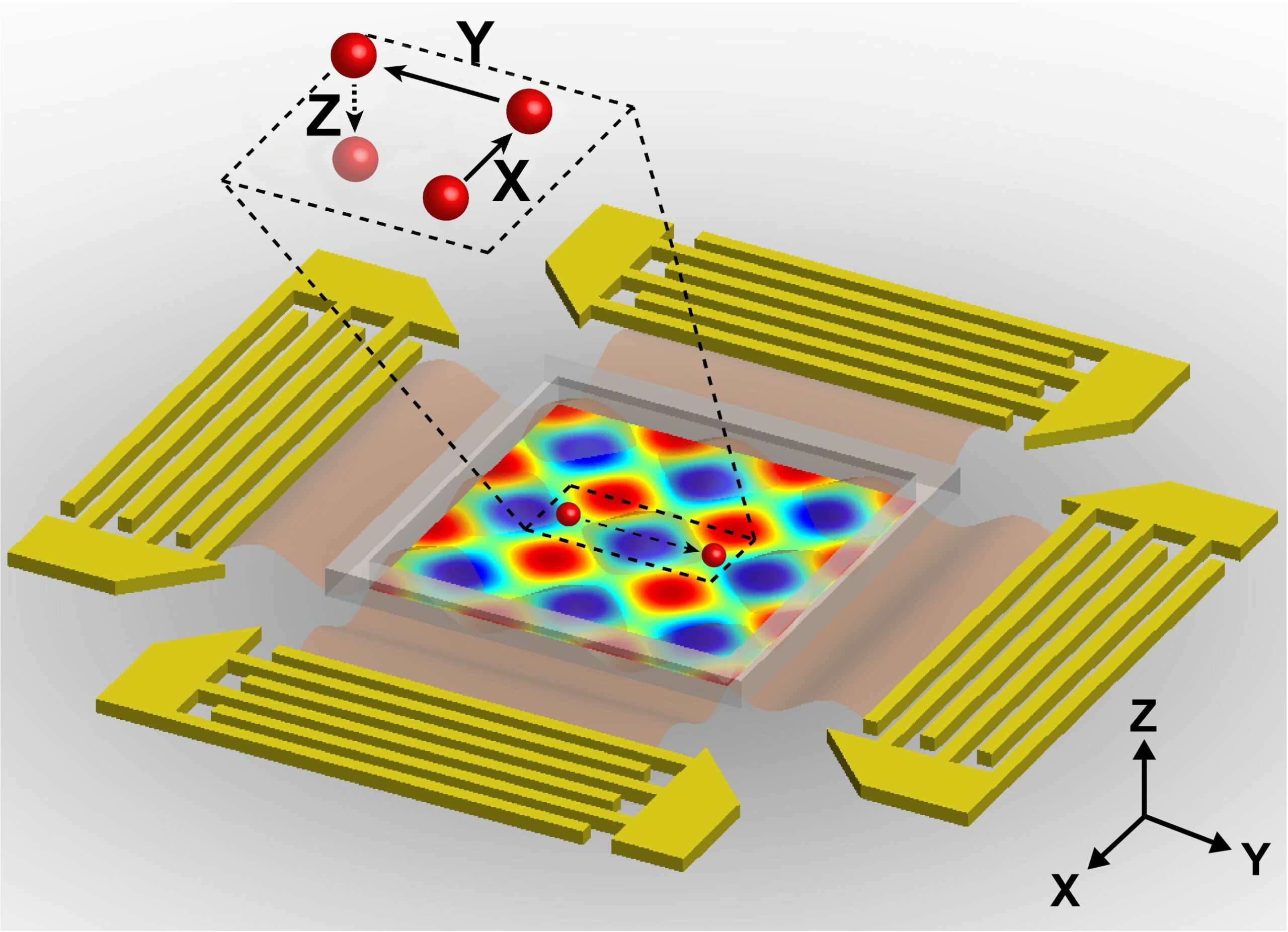Acoustic tweezers represent a significant advancement in the manipulation of microscopic particles and biological cells through the utilization of sound waves. This innovative technology embodies the convergence of physics and biology, offering a non-invasive method for controlling cellular environments. As the field of micro-manipulation evolves, the prospect of using acoustic forces to influence biological systems presents myriad possibilities and challenges, redefining our approach to cellular interaction.
The underlying principle of acoustic tweezers is based on the generation of standing sound waves, which create regions of high and low pressure known as nodes and antinodes. Utilizing ultrasound frequencies, these tweezers can exert forces on a variety of particles, including cells, enabling researchers to control their positions without direct contact. The sound waves propagate through a medium—typically a liquid—allowing for precise control over the spatial arrangement of cells, potentially revolutionizing techniques in cell sorting, tissue engineering, and drug delivery.
One of the most compelling characteristics of acoustic tweezers is their ability to manipulate biological systems without introducing chemical agents or physical forces that might alter cellular integrity or functionality. Traditional methods of cell manipulation, such as optical tweezers or micro-pipetting, often necessitate invasive techniques that can damage cells or disrupt their native state. Acoustic tweezers, in contrast, offer a gentler approach while maintaining a high degree of precision. This minimal invasiveness is pivotal when working with delicate cell types, such as stem cells, which may lose their pluripotency due to environmental perturbations.
The versatility of acoustic tweezers extends beyond simple manipulation; they can also facilitate complex experimental setups. Researchers can engage in dynamic processes such as cell aggregation and alignment, which are crucial for creating organized structures within tissue engineering applications. By adjusting parameters such as frequency and amplitude, scientists can influence the forces exerted on the cells, enabling the formation of specific patterns and arrangements that can reflect physiological conditions or enhance therapeutic efficacy.
Moreover, the adoption of acoustic tweezers offers the potential for real-time monitoring of cellular interactions. The non-invasive nature of this technology permits continuous observation of cells without disturbing their natural behaviors. This leads to enhanced data acquisition for studies focused on cell communication, signaling pathways, and response to stimuli, which are integral aspects of understanding cellular mechanisms. Current methods often rely on fixed snapshots that fail to capture the dynamic nature of biological processes; acoustic tweezers, conversely, can bridge this significant gap in research methodologies.
Implemented in various biological applications, acoustic tweezers can be particularly effective in the realm of biomedicine. One promising application lies in targeted drug delivery. By anchoring drug-laden carriers at specific cellular locations, researchers can improve therapeutic outcomes while minimizing systemic side effects. This strategy is particularly relevant for the treatment of diseases such as cancer, where localized delivery can enhance drug efficacy while reducing collateral damage to healthy tissues.
Furthermore, acoustic tweezers can play a critical role in tissue engineering. In reconstructing complex tissues, the arrangement and interaction of cells are paramount. The ability to position cells precisely using acoustic forces can lead to more accurate mimicking of native tissue architecture. This capability could pave the way for more effective grafts and implants, ultimately improving patient outcomes in regenerative medicine.
Despite the myriad benefits associated with the use of acoustic tweezers, challenges remain. One substantial hurdle is the scaling of this technology from laboratory settings to clinical applications. The device’s design must account for the complex in vivo environment, where biological variability exists. The development of robust systems tailored for in vivo applications remains critical to the successful translation of acoustic tweezers from preclinical studies to clinical practice.
Another consideration is the need for interdisciplinary collaboration among physicists, biologists, and engineers. The complexity of biological systems necessitates a comprehensive understanding of both the acoustic mechanisms at play and the intricacies of cellular responses. As the field progresses, fostering collaboration among disciplines will catalyze innovation and propel the advancement of acoustic tweezers.
As the discourse surrounding acoustic tweezers evolves, one must remain cognizant of ethical implications. The manipulation of living cells invokes questions about consent, particularly in research involving human cells or tissues. It is imperative that ethical frameworks keep pace with technological advancements to safeguard against misuse and ensure responsible scientific pursuit.
In conclusion, acoustic tweezers embody a paradigm shift in the manipulation of biological systems, offering a sophisticated yet gentle method for controlling cells with unparalleled precision. The versatility of this technology holds tremendous promise across various domains, from basic biological research to therapeutic applications. As science continues to explore the potential of sound waves in cellular manipulation, one can only anticipate the innovative discoveries that await. The future trajectory of acoustic tweezers serves as a testament to the transformative power of interdisciplinary research in addressing complex biological challenges.










